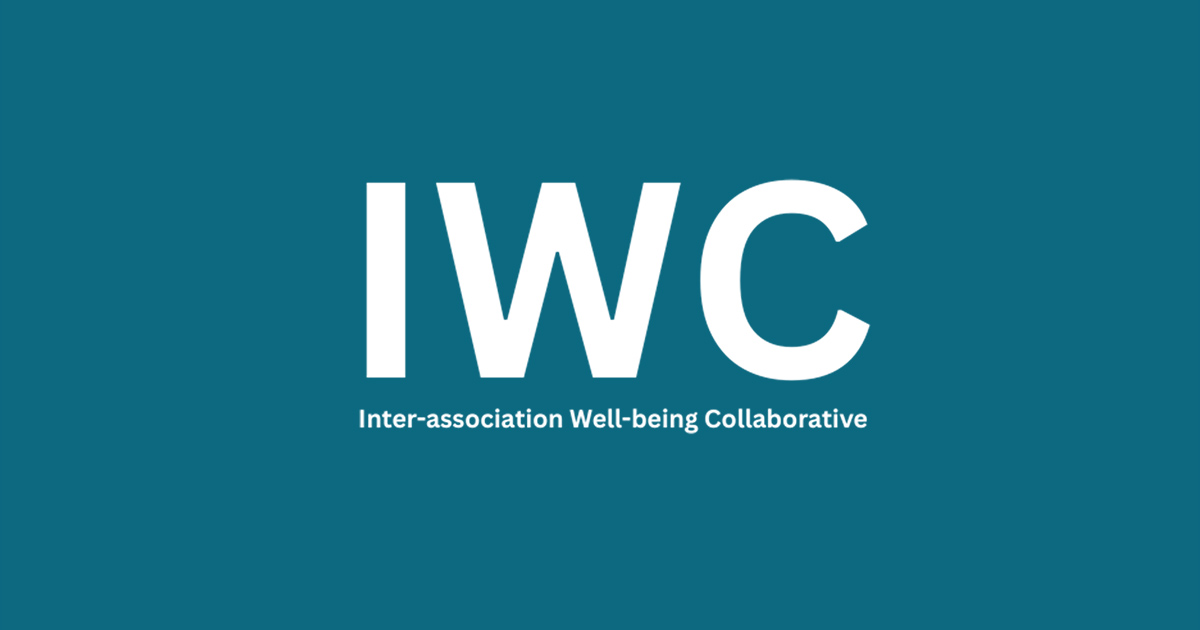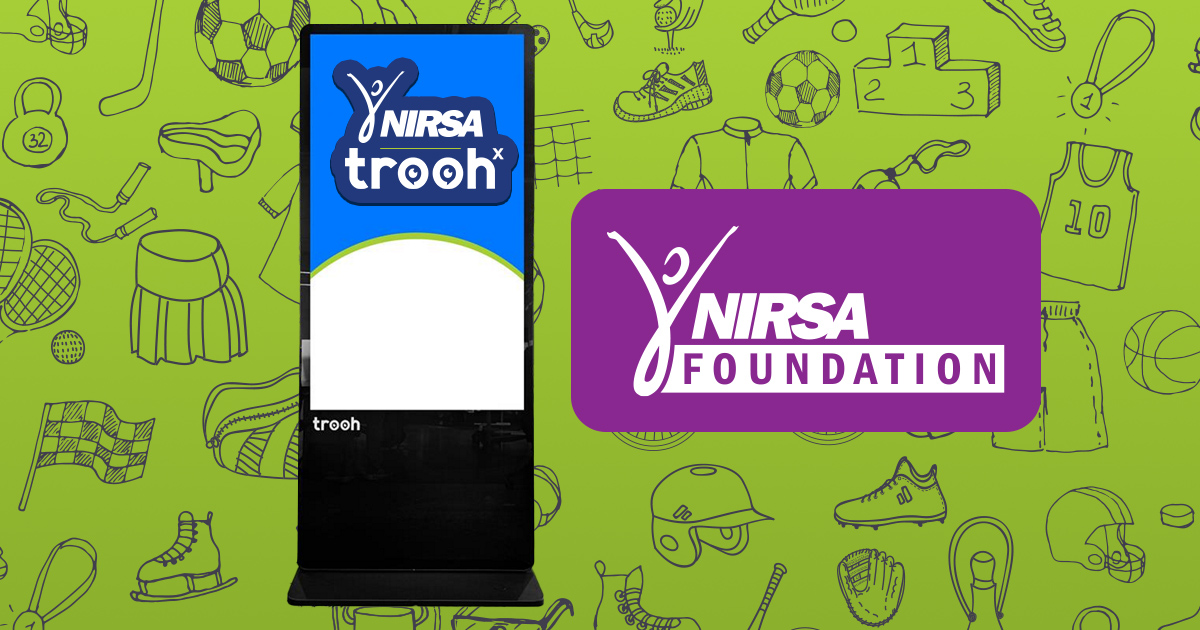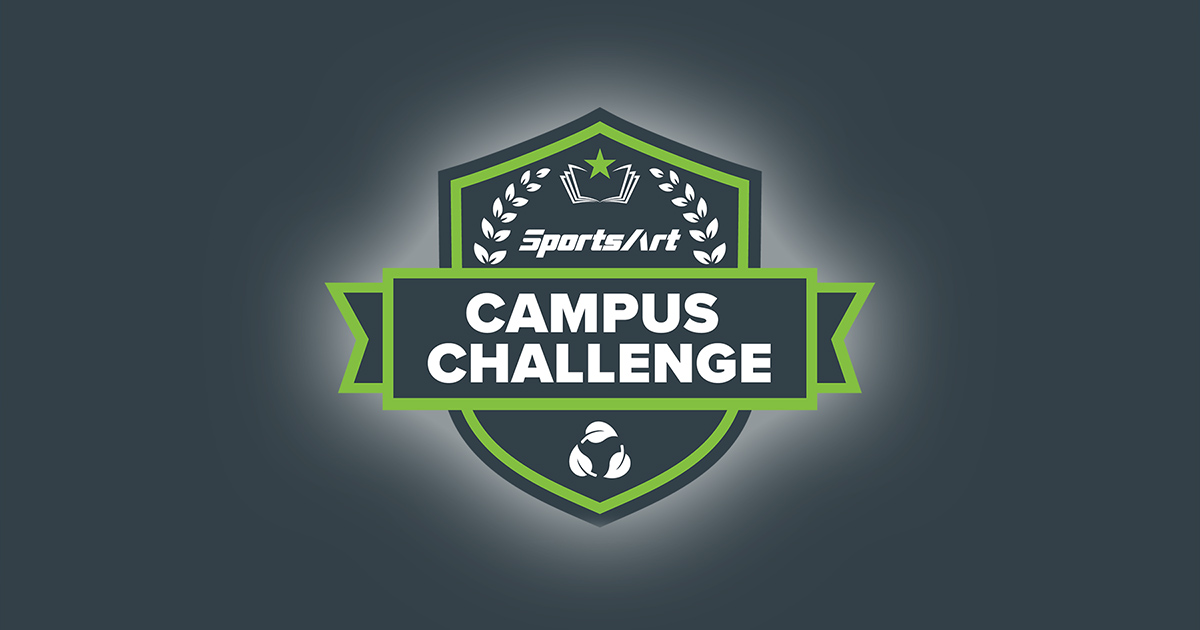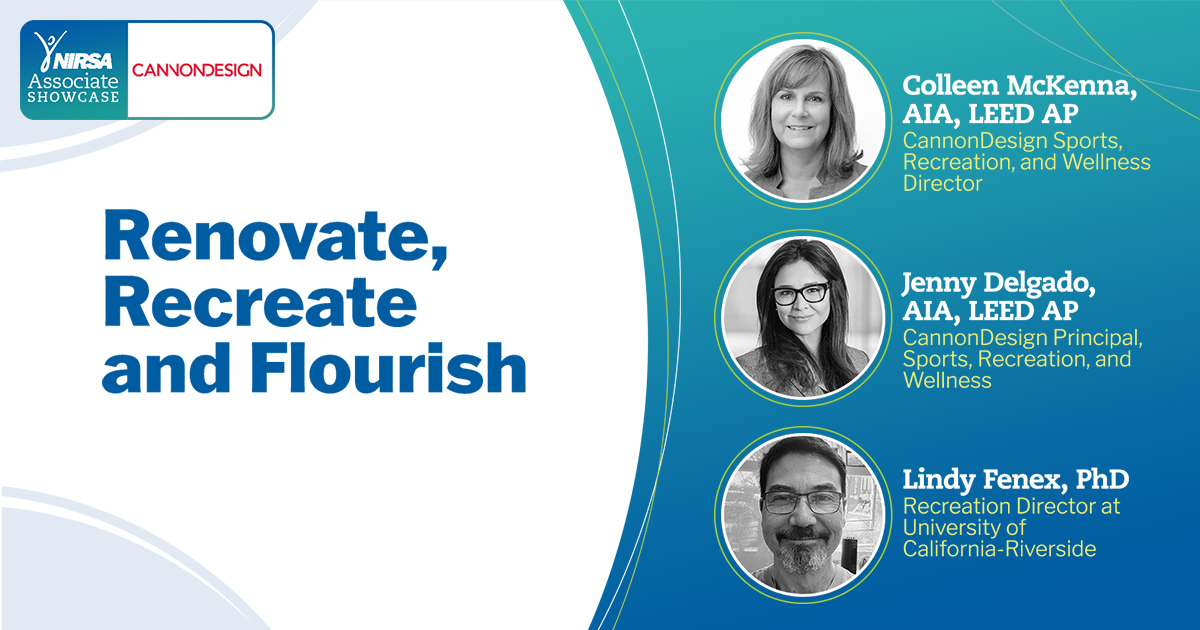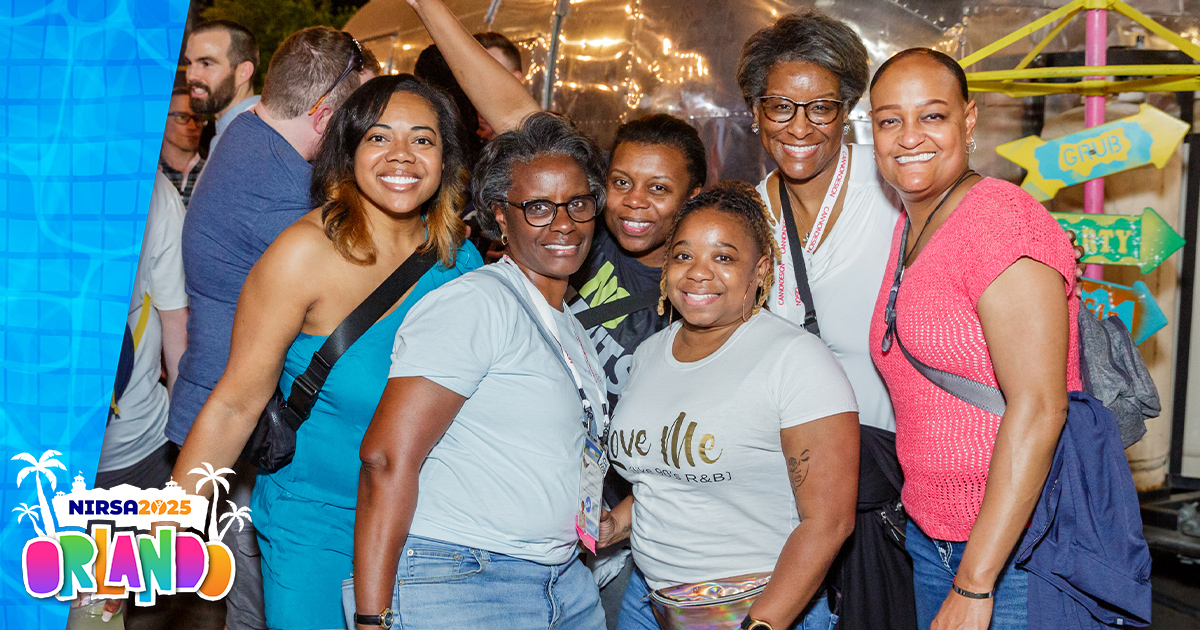5,000
That’s the average number of messages that a college student sees every day through social media, emails, advertisements, apps, and more. It’s becoming harder than ever to grab their attention—even for just a few seconds.
Despite the many avenues available (Facebook, Twitter, Instagram, Snapchat, email, flyers), recreation facility managers struggle to engage students in programming and make them part of the campus fitness community. It’s incredibly challenging to rise above the noise of those 5,000 messages to capture students’ awareness and interest.
The good news
91% of college students have their phones within arms-reach 24/7 and they’re actually on their phones 8-10 hours a day. It’s time to utilize these statistics to your advantage. We’ve developed a proven two-step process to increase engagement with your students.
Step 1
Answer these three questions:
- What do students want to know about their rec center?
- How often do they want to hear from the center?
- How is the center communicating with students now, and are they listening?
Every campus rec center has unique programming, facilities, and student bodies. What’s more, each of those elements tends to be in flux from semester to semester and academic year to academic year. This is why it’s important to reconsider questions whenever changes occur that could impact the answers.
Step 2
The better you understand your student audience, the better you can guide your marketing decisions about which communications channels to use, what kind of messaging resonates, and what they need to know—and when. Direct communication is the key to getting them engaged. Here are three tips that will yield vital information and empower you to build your fitness community more efficiently and successfully:
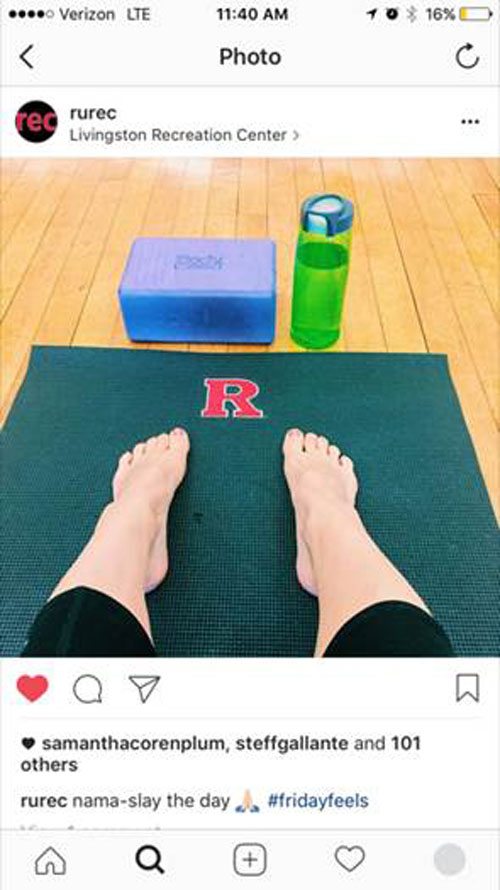
- Balance of contentCommunicating with your members is a combination of timing, content, and platform usage (Facebook, Twitter, Instagram, Snapchat). It’s important that your students value the content you provide. If you start posting five photos a day on Instagram, most of your students will likely stop paying attention. Think about sending fewer, more-targeted messages containing information your members really want or need to know. You can also test posting on different days and times on different platforms to determine which tend to perform better than others, then just adjust your social media schedule accordingly.
- Strategic brandingWhen growing your fitness community, branding is key to building relationships with your students. We’re not just talking about your logo and icon; it’s also about your center’s mission and goals. For example, if your center’s goal is an inclusive fitness environment, then you’ll want to make sure your imagery supports that by showing diverse students of all shapes and sizes. Such imagery will powerfully convey to students that everyone is welcome.
- Show, don’t tellThis isn’t exactly breaking news, but it bears repeating. College students don’t really like being told what to do. This is why it’s more effective to show them. For example, in this Instagram post, Rutgers University Recreation shows the benefits of its yoga class through a photo and clever caption without blatantly saying, “Come to yoga at Livingston Rec Center.” The time of the post, along with the tagged location, gives students the information they need to know while demonstrating why they should want to attend.
Remember, your students receive 5,000 messages every day so it’s crucial that yours stand out. When students feel a part of your community and receive targeted, motivational messages, they are more likely to pay attention and make using your recreation center a priority in their daily lives.
Feel free to reach out to the upace team directly with any questions on how to use marketing to capture the attention of your students. We are happy to help!
Rachel Koretsky is the founder of the upace app. She can be reached at rachel@upaceapp.com.



